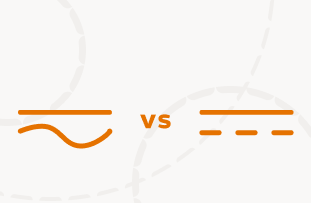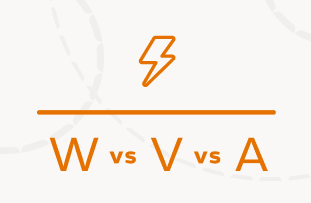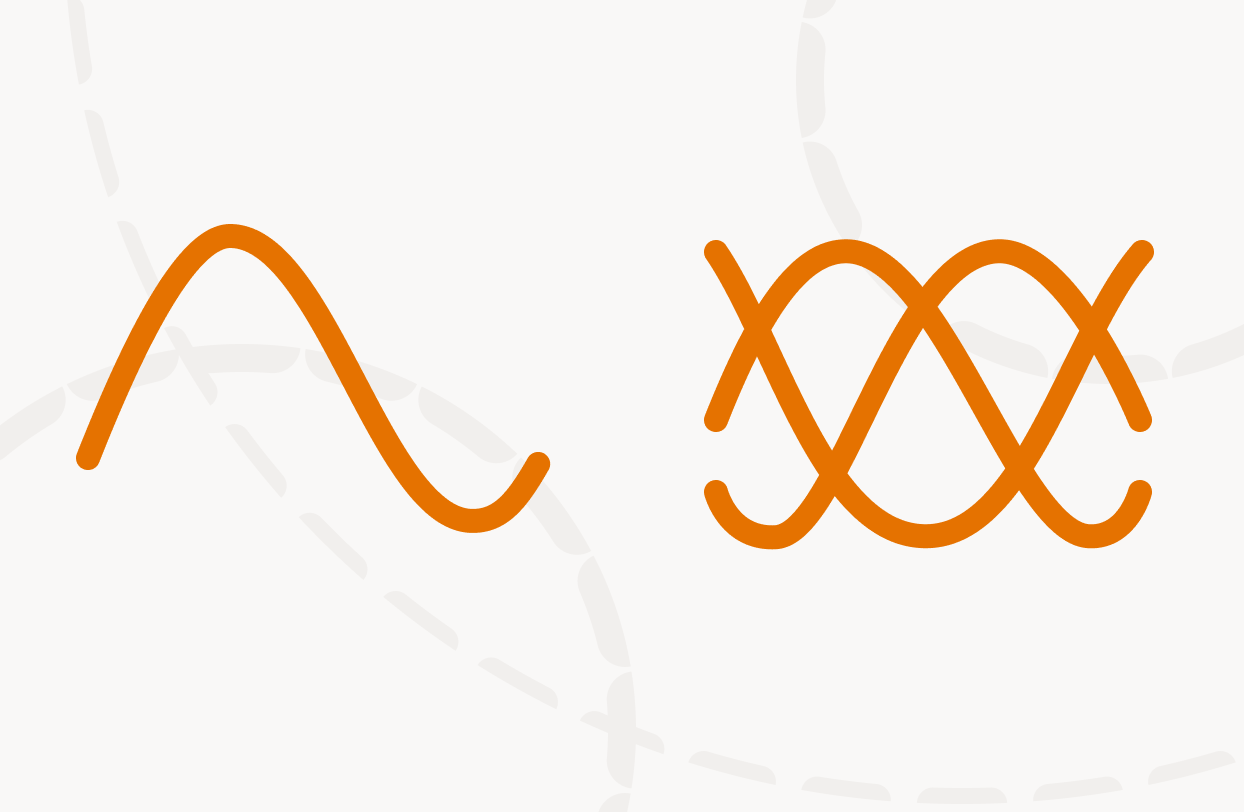Do you remember that in a previous article we told you that electricity originates with the movement of the electrons that make up atoms? This time, we are going to explain to you the two different forms of electricity.

In the case of alternating current, the electron flow is bidirectional, oscillating between the positive and negative poles; in contrast, the electron flow of direct current is unidirectional, following a continuous signal and remaining fixed at the positive pole.
I’m sure you’re wondering why that is so. Well, it is because of the different way that electricity is generated in each case.
Alternating current
In the case of alternating current, the source that generates it also changes polarity. This type of current is used in households because it is easy to change voltage and because it is relatively easy to transport over long distances.
This type of current is the one that circulates in our distribution networks. Along the way, it changes voltage, going from high voltage to medium voltage and then to low voltage, which is how it reaches your home.
Direct current
Direct current can be generated in different ways, including chemical sources such as batteries, on solar panels or by using heat through the Peltier effect.
Did you know…
Many of the devices we use daily operate with direct current and can be found in batteries or other low-voltage electrical appliances. The vast majority of appliances have a small transformer, either internal or external, to convert alternating current into direct current.
The first commercial electricity grid, developed by Thomas Edison at the end of the 19th century, used direct current, but because of the advantages of alternating current in terms of transformation and transmission possibilities, transmission and distribution grids nowadays almost exclusively use alternating current.
For example, the Spanish electricity grid is connected to the islands and to France using direct current, because it can transmit large amounts of power with lower losses.
On the other hand, in off-grid/grid-independent systems with renewable energies, direct current is also used because it can be stored in batteries and made available when it cannot be produced.



